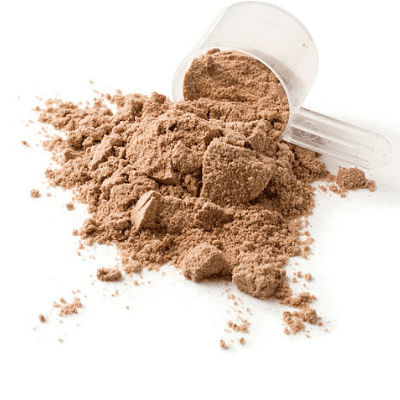Whey Protein Isolate vs. Whey Protein Concentrate - What's The Difference?

What Is Whey Protein?
Much of the protein found in protein bars, drinks and powders is derived from milk. When milk is processed to form cheese or yogurt, the remaining liquid is called whey (1).
This liquid contains the fast-digesting proteins commonly referred to as whey protein.
Before processing, about 20% of the protein in milk is whey and the other 80% is made up of the slower-digesting casein proteins (2).
Whey and casein are both considered high-quality proteins because they contain all the amino acids needed by your body (3).
However, whey is considered particularly beneficial for increasing the production of new protein in your muscles (3).
There are several different types of whey protein used in supplements. Two of the most common forms are whey isolate and whey concentrate.
These forms are produced using different processing techniques and vary slightly in their nutritional content.
1. Lower Lactose Content
Whey Protein Isolate is filtered to help remove the lactose that is found in the powder. This is done to ensure that there is a more lean and lower fat source of protein.
2. Lower Bloating Levels
Because Whey Protein Isolate contains less fat, carbohydrates, and lactose, it is less likely to cause bloating in comparison to concentrate. As mentioned above, Isolate contains little to no lactose, which in turn means bloating is avoided.
3. Higher Protein Content
Normally, whey protein isolate has a slightly higher protein content relative to concentrate. In addition, the protein content found in Isolates are more pure and contain less calories than concentrate.
While Whey Protein Isolate and concentrate are provide similar results when it comes to muscle recovery, the lower carb & lactose content in isolates make them slightly more valuable to use in our everyday diets.


